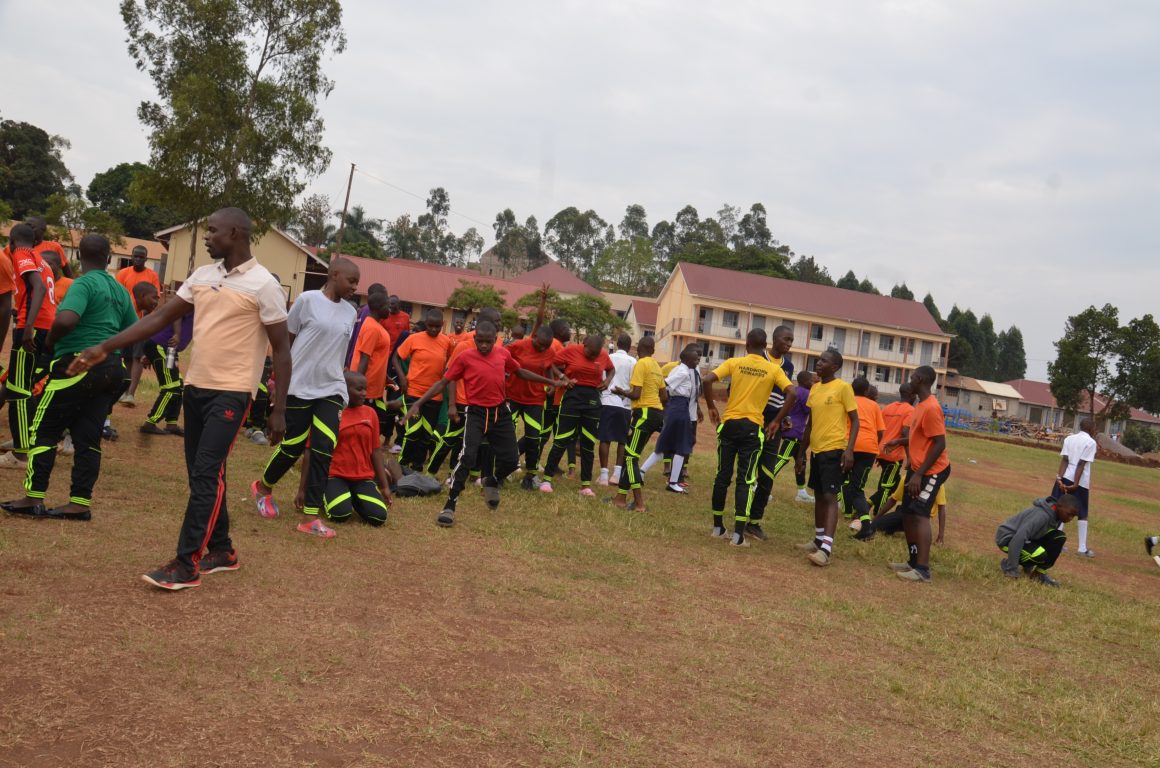With Uganda’s new competency-based curriculum emphasizing holistic education, physical exercise has become an essential component of student development. At St. Charles Lwanga SS Bukeerere, we recognize the immense benefits of physical activity in shaping well-rounded individuals who excel both academically and socially.
1. Enhancing Physical Health
The new curriculum prioritizes student well-being, and regular physical activity helps maintain a healthy weight, improve cardiovascular health, and strengthen muscles and bones. It also reduces the risk of lifestyle diseases such as obesity, diabetes, and high blood pressure, aligning with the curriculum’s focus on lifelong health and wellness.
2. Boosting Mental Well-being
Engaging in sports and physical activities reduces stress, anxiety, and depression by stimulating the release of endorphins, the brain’s natural mood boosters. This supports the curriculum’s goal of fostering mental resilience, better concentration, and improved academic performance.
3. Promoting Discipline and Teamwork
The new education system encourages practical learning and soft skills development. Sports instill essential values such as discipline, time management, teamwork, and leadership. At St. Charles Lwanga SS Bukeerere, students learn cooperation, respect, and perseverance through various sports and recreational activities, aligning with the curriculum’s emphasis on social and emotional learning.
4. Encouraging Social Development
Physical education fosters interpersonal skills by helping students build friendships, improve communication, and develop a sense of belonging. The new curriculum integrates co-curricular activities to enhance students’ engagement and teamwork, preparing them for real-world collaboration.
5. Enhancing Academic Performance
Research shows that students who engage in regular exercise perform better in academics. The curriculum supports active learning, and physical activity increases blood flow to the brain, improving cognitive abilities, problem-solving skills, and overall learning capacity.
6. Instilling a Lifetime Habit of Fitness
By incorporating physical education as part of the new curriculum, students develop a foundation for lifelong fitness and healthy living. This ensures they adopt active lifestyles beyond school, promoting overall well-being in adulthood.
At St. Charles Lwanga SS Bukeerere, we integrate physical education into our competency-based learning approach. Through structured sports programs, we ensure that students enjoy a balanced education that nurtures both mind and body, in line with Uganda’s new curriculum. Let’s keep moving towards a healthier future!


Leave a Reply